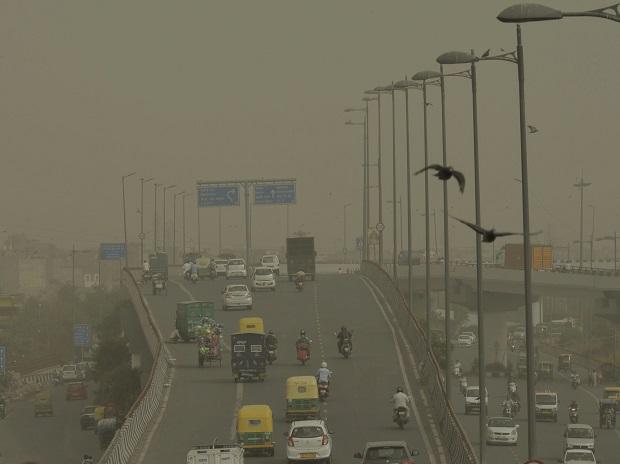These are two of five “evidence-based” recommendations to tackle air pollution across India, according to a 2018 policy brief prepared by researchers of the Energy Policy Institute of the University of Chicago (EPIC) and Evidence for Policy Design (EPoD) programme at the Harvard Kennedy School in Boston.
The other three: Stop industries from paying supposedly independent laboratories to audit their smokestacks, provide regulators with real-time emissions data and allow industries to trade their emissions, said the brief, released on August 16, 2018.
More than 660 million Indians live in areas that exceed the country’s standard (40 µg/m3 annual and 60 µg/m3 for 24 hours) for particulate matter (PM) 2.5, airborne particles 30 times finer than a human hair that can sicken or kill people by entering the lungs.
Indians would live a year longer if India were to achieve its national air quality standards; life expectancy would increase by four years if India could meet pollution standards–10 µg/m3, or three times tighter–set by the World Health Organization (WHO), said the brief.

No comments:
Post a Comment